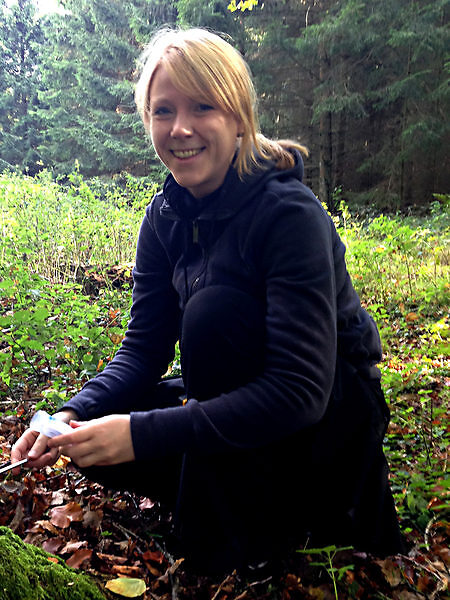"On the track of the natural ecology of Saccharomyces spp." by Dr. Vienna Kowallik

Date
Location
Description
Dear All,
Ecology and Evolution (Mikheyev) Unit would like to invite you to a seminar by Dr. Vienna Kowallik
===============================
Date: Thursday, July 8th, 2016
Time:13:00-14:00
Venue: Seminar Room C016, Lab1
===============================
Speaker: Dr. Vienna Kowallik , Max-Planck-Institut für Evolutionsbiologie
Title: " On the track of the natural ecology of Saccharomyces spp. ".
Abstract:
The functional relationships between microbial communities and their surrounding abiotic and biotic environments are highly complex. For a real and deeper understanding of a microorganism it is therefore not enough to study it in artificial environments, we need to identify its natural ecology including habitat specific abiotic and biotic factors. Although Saccharomyces yeasts have been used for decades as fermenting agents worldwide and S. cerevisiae is one of the best studied model organisms in science, we know extremely little about the natural ecology that shaped and still shapes the yeast´s genome. Beside the artificial environment of man-made fermentation Saccharomyces yeast are thought to be naturally associated with oak trees especially their bark.
We studied the ecology and interactions of Saccharomyces paradoxus, the most closely related but undomesticated species to the model organism S. cerevisiae. Using a combination of high-throughput sequencing and culturing we characterized the oak bark microbiota and experimentally studied the interactions of oak bark microorganisms with S. paradoxus in natural oak bark medium. We identified positive as well as negative interactions and showed that the nature of both depends strongly on abiotic parameters, such as temperature.
Whether Saccharomyces yeast are truly adapted to the oak habitat or whether this association is an artifact of biased historical sampling methods is unclear. To address this point we systematically sampled transects away from oaks and compared the isolation success from oaks and other tree species in an old, mixed forest in Northern Germany. To test for seasonal changes we studied the distribution and abundance of S. paradoxus over the course of a year. We found that while the yeast/oak association may not be a myth, the real story requires us to look in a different direction.
We hope to see many of you at the seminar.
Sincerely,
Yoko Fujitomi
Ecology and Evolution (Mikheyev) Unit
Subscribe to the OIST Calendar: Right-click to download, then open in your calendar application.



